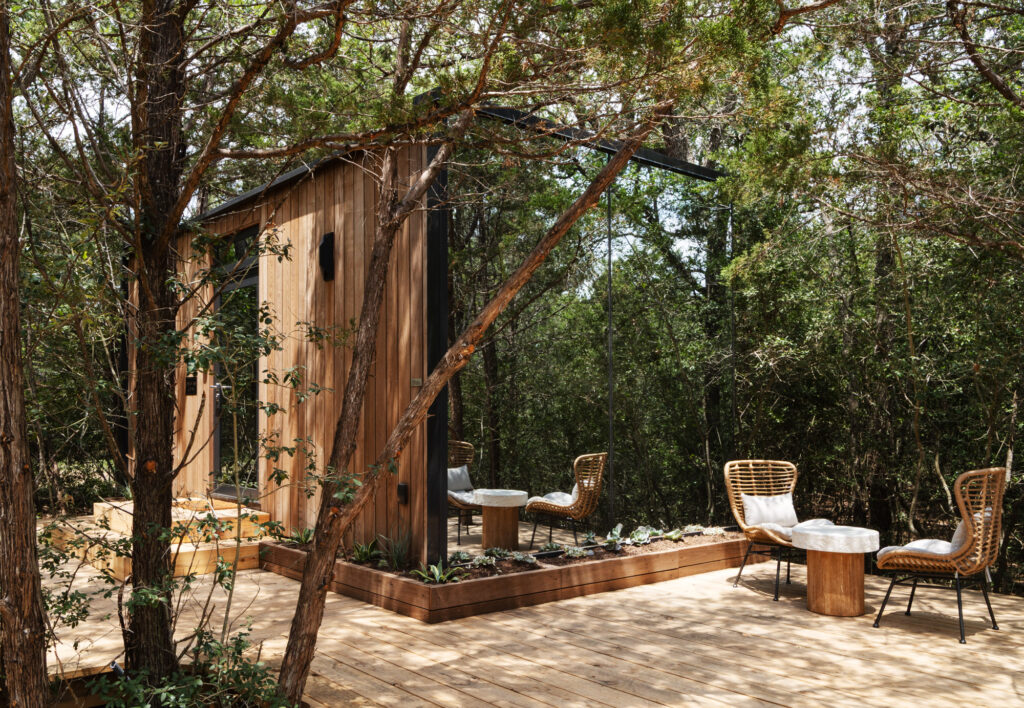
Design for a Changing Climate
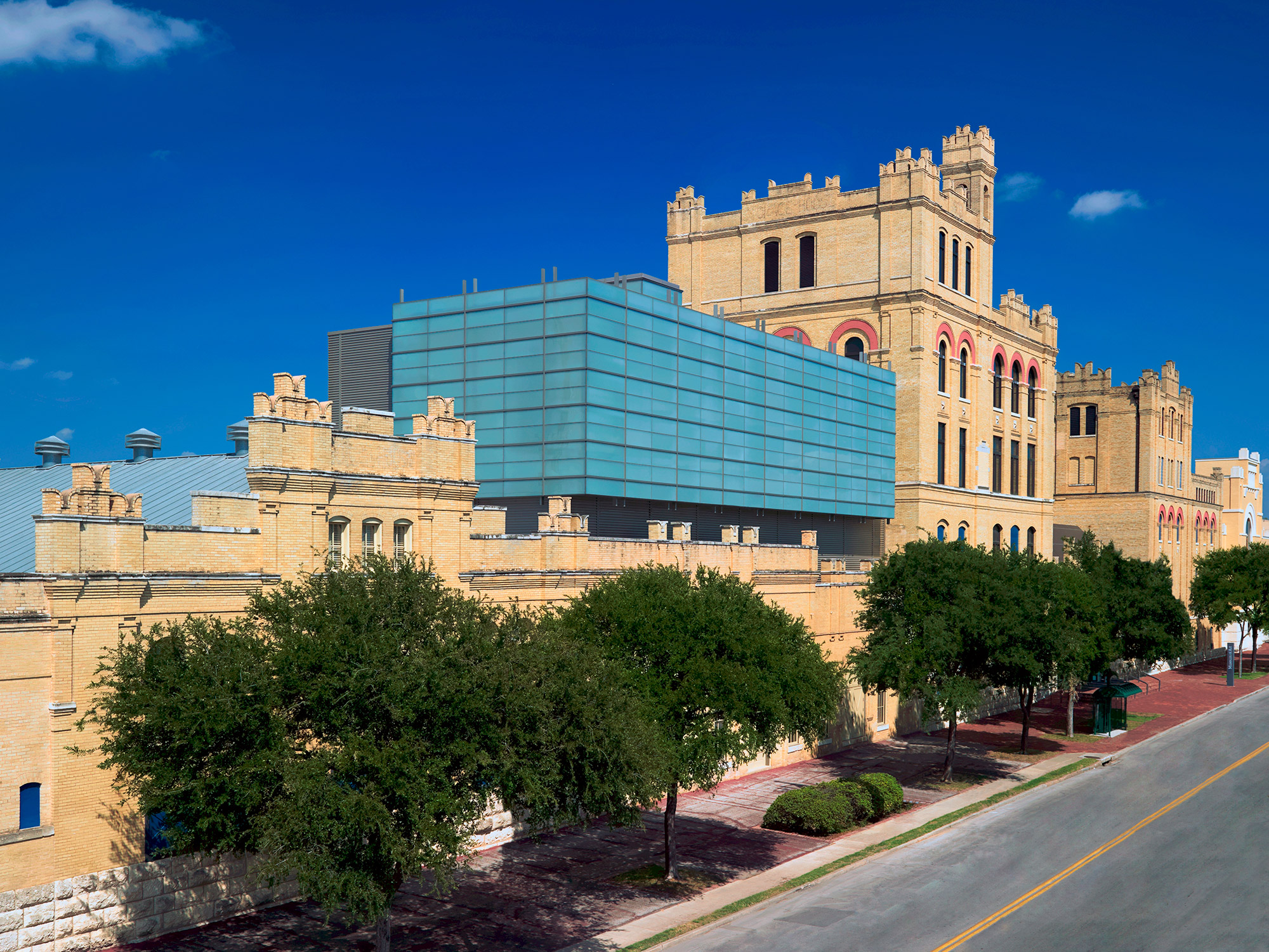
“Brewing Art” is the fitting and playful slogan of the beloved San Antonio Museum of Art (SAMA), cleverly tying together the building’s past as the 1884 Lone Star Brewery and its present-day program as a museum. Once a derelict industrial complex, it is now a vibrant cultural institution that celebrates history, creativity, and global connection.
SAMA is a multilayered and magical place. The museum’s permanent collection includes more than 30,000 objects representing 5,000 years of history. Since its opening in 1981, SAMA has become a true gateway to understanding diverse cultures and civilizations from around the globe, maintaining a strong emphasis on the history and culture of South and Central Texas. Each artifact serves as a living ambassador of its place and time, with exhibitions connecting contextual dots and exploring the artwork’s relationship to larger questions.
Design moves, such as the remarkably transparent and clean glass elevators, visually blend the architecture of the historic brewery with the contents of a modern museum—transporting visitors, literally and metaphorically, through time and space.
Emily Ballew Neff is the Kelso Director at SAMA. “The beauty of museums,” she cheerfully shares, “is that they don’t go according to plan.” The exponential growth, including the need for expanded amenities and the unique opportunity of owning the largest undeveloped urban riverfront in the city, necessitated a forward-thinking campus plan to bring SAMA’s long-held dreams to life.
The primary goal of the campus plan is to assess the site’s opportunities and challenges in order to propose a cohesive strategy for both short- and long-term development. The plan will help guide SAMA through future stages of evolution, ensuring it continues to support its mission and organizational needs while honoring its past.
When it came to selecting an architectural firm to lead the campus planning process, experience in adaptive reuse, museum design, and urban planning was paramount. After thoughtful consideration, SAMA engaged the internationally renowned Swiss architecture firm of Herzog & de Meuron. Known for iconic projects such as the Küppersmühle Museum in Germany, the CaixaForum Madrid, and San Francisco’s de Young Museum, Herzog & de Meuron approaches each design with the precision and care of an artist crafting a masterpiece. In the masterful hands of this firm, the development of SAMA’s campus will be treated as meticulously as an exquisite sculpture.
A surprising and meaningful synergy between SAMA and Herzog & de Meuron was uncovered during the firm’s careful exploration of the museum’s cultural context. The architects explored San Antonio’s key cultural sites, including the missions and the River Walk, and were particularly struck by the beauty and architectural integrity of Mission Concepción. Upon seeing the San Antonio River, they affectionately compared it to the Rhine River, which flows through their hometown of Basel, Switzerland. Both rivers have undergone dramatic environmental restorations, and both serve as beloved lifelines for their cities.
Adding to this sense of resonance is the strong Germanic influence shared by both Basel and San Antonio. The brewery’s original design was deeply rooted in German construction techniques, which were widely adopted in 19th-century Texas as waves of immigrants honored the Mutterland in their architecture and settlements.
With Herzog & de Meuron’s design expertise and cultural insight, the upcoming campus plan promises to be transformative for SAMA and San Antonio. The firm is positioned to elevate the museum’s presence while honoring the site’s architectural and historical layers, looking forward to its future as an important connective tissue for the city. The evolution of the brewery thus continues to be a true reflection of adaptability.
Scheduled for completion in June 2025, the campus plan will outline a vision for future growth that includes enhanced educational opportunities, inviting exterior spaces, and enriched visitor experiences. Ultimately, this ambitious plan is about more than buildings—it is about creating a dynamic environment where art, history, and community intersect. Fittingly, the goal is to continue to “brew art” for generations to come.
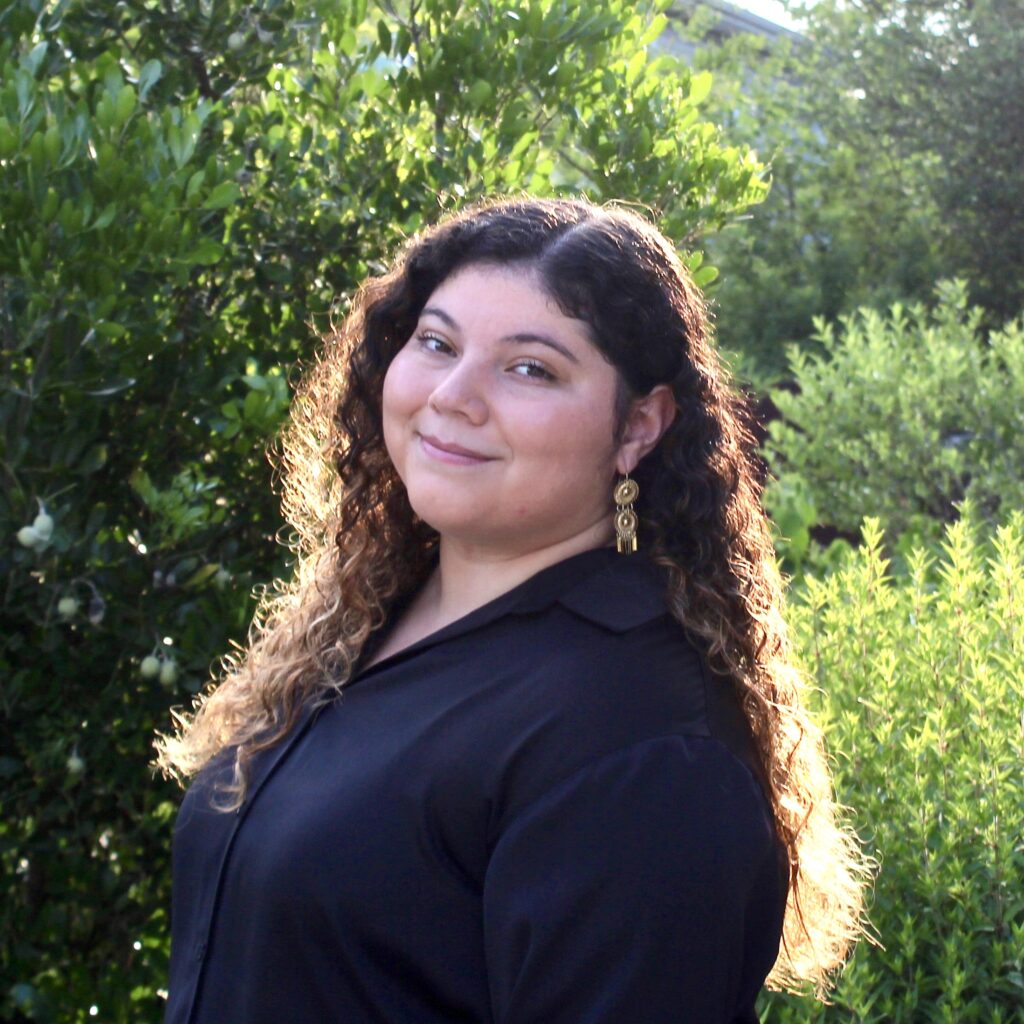
Stephanie Aranda, Assoc. AIA, is a designer and an adjunct faculty member at San Antonio College, where she teaches architectural history. She was named the Texas Society of Architects 2023 Associate Member of the Year.

Design for a Changing Climate

Reimagining the Courtyard House
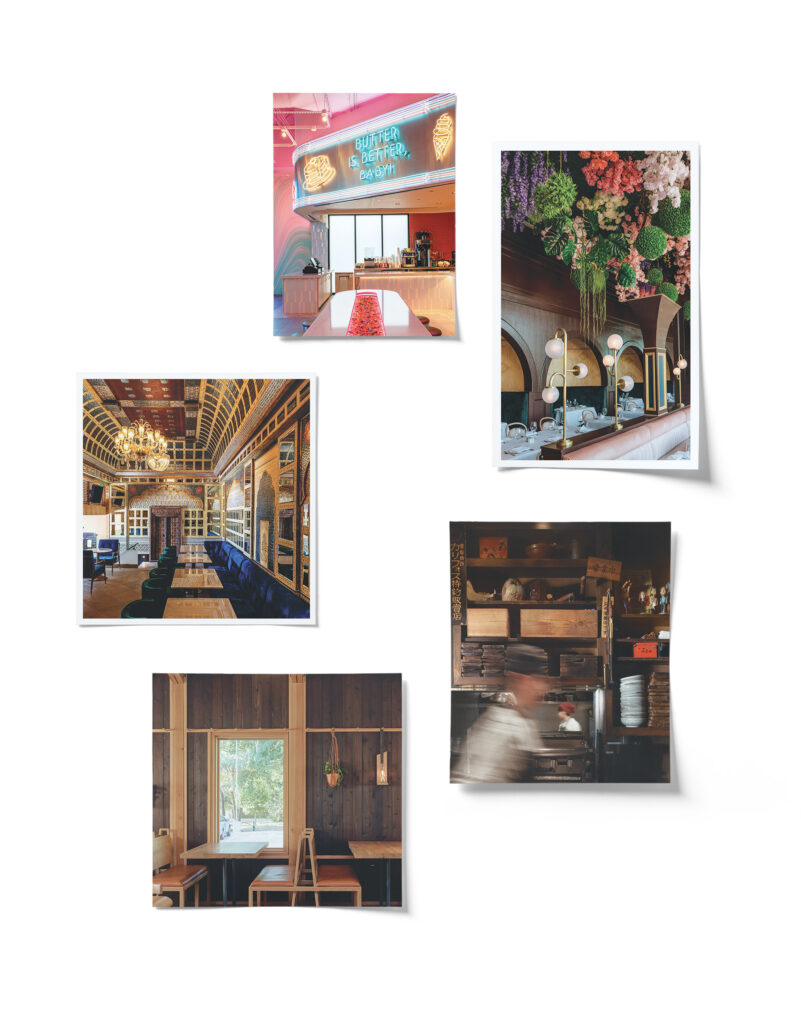
Shaping the Culinary Experience

Modern Hospitality Meets Cultural Legacy
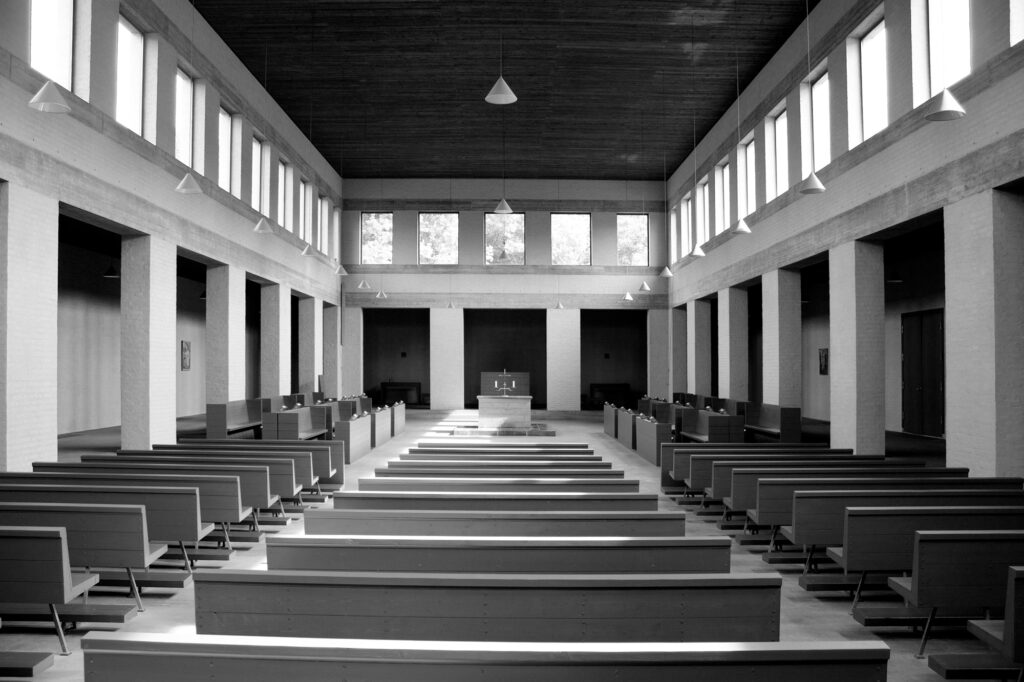
At the Intersection of Neuroscience and Design

Snøhetta Transposes the Borderland

Designing for Neurodiverse Students
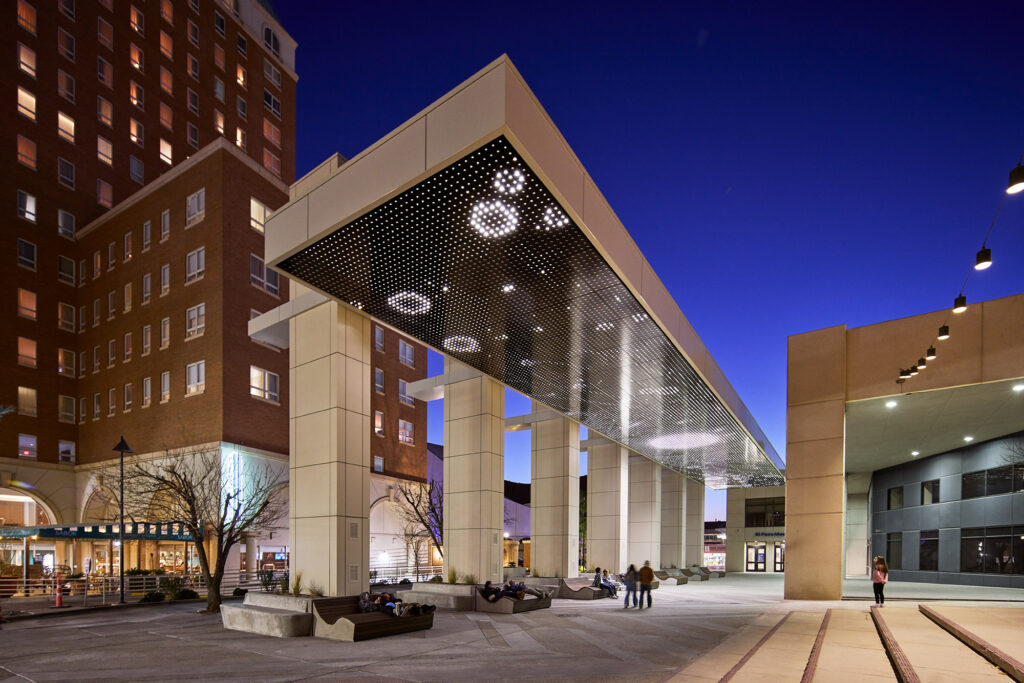

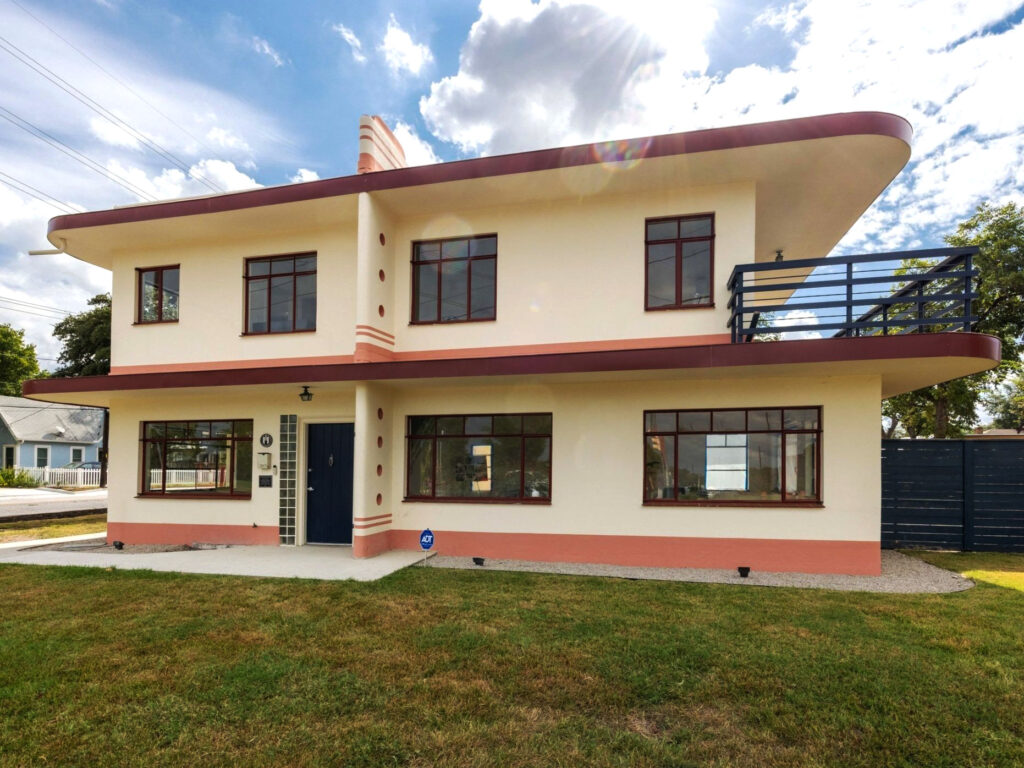
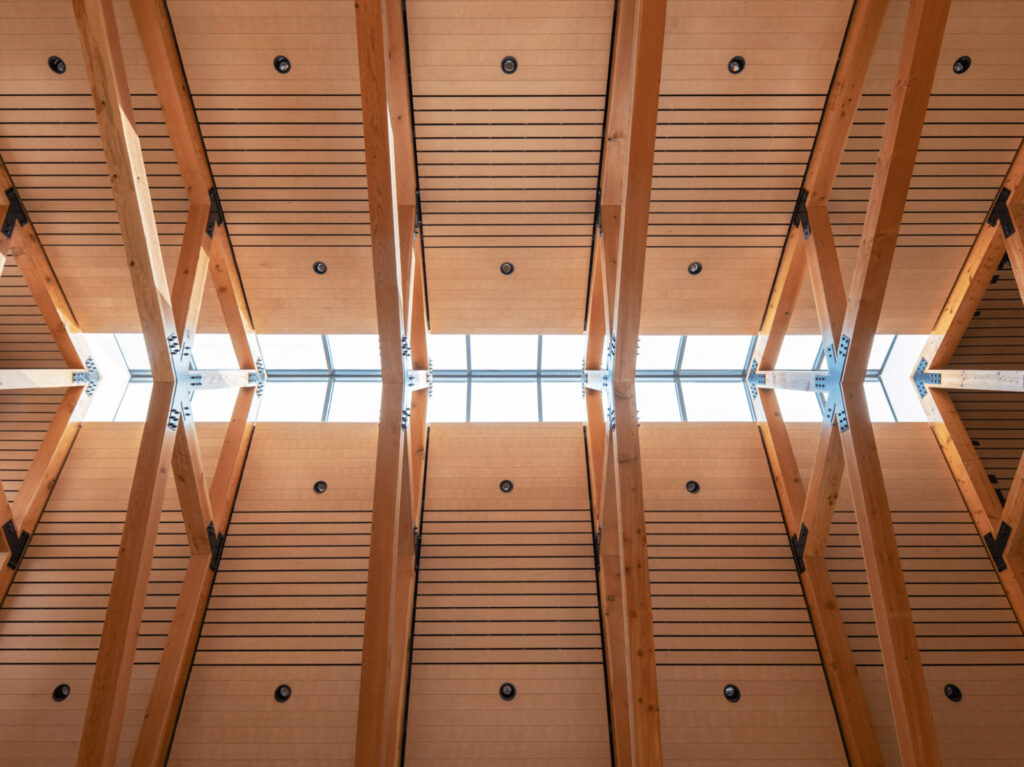
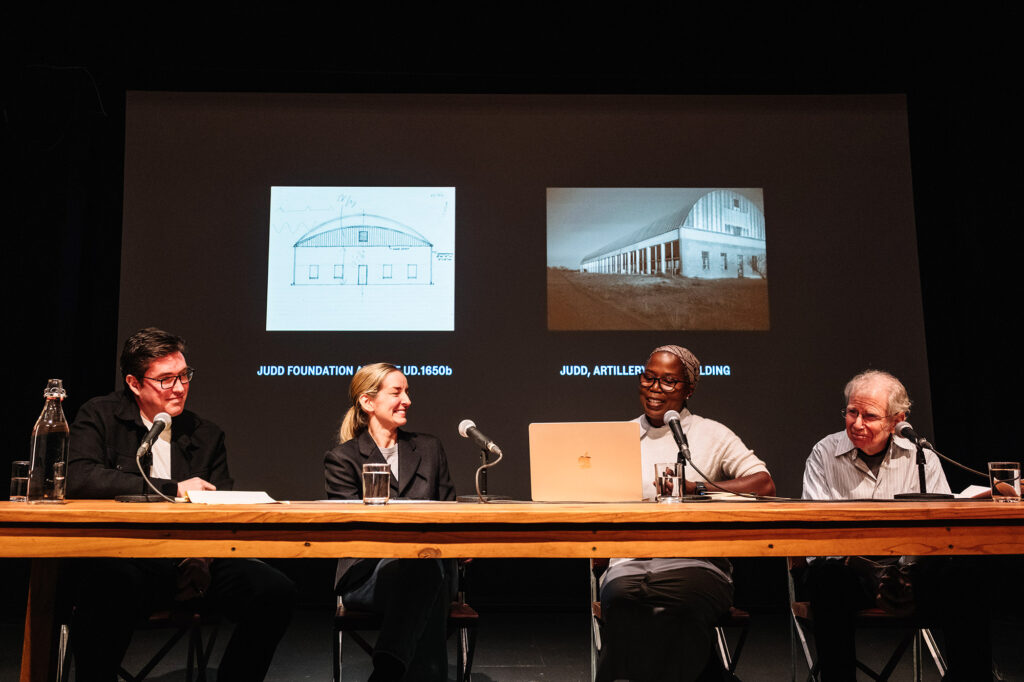
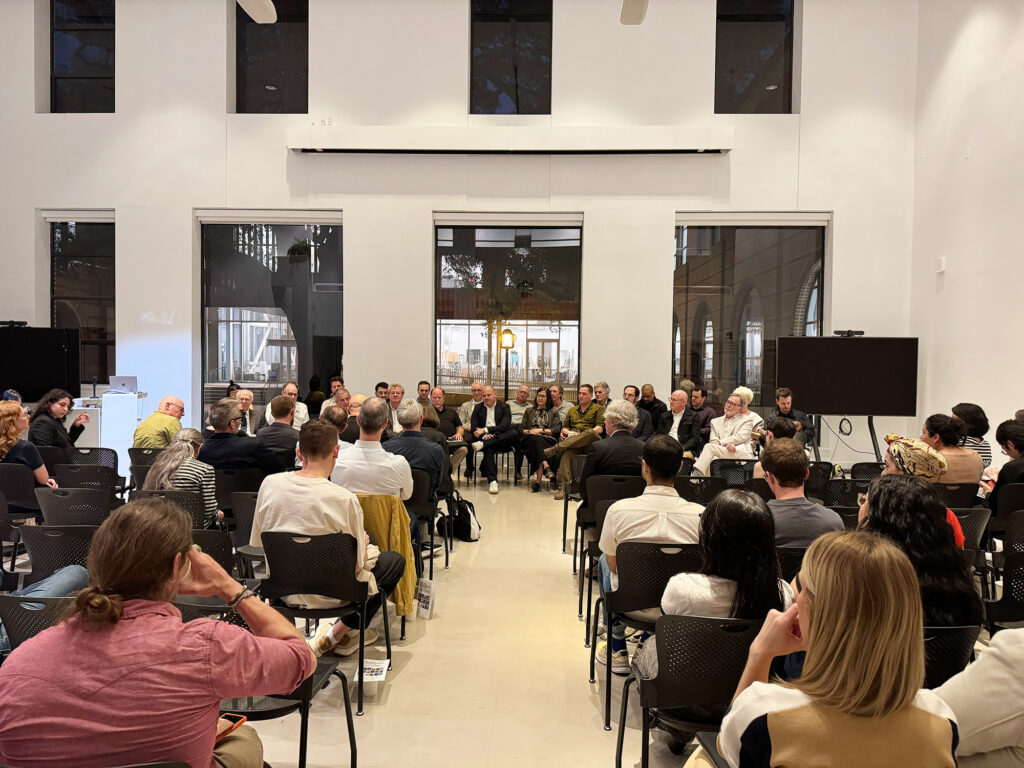
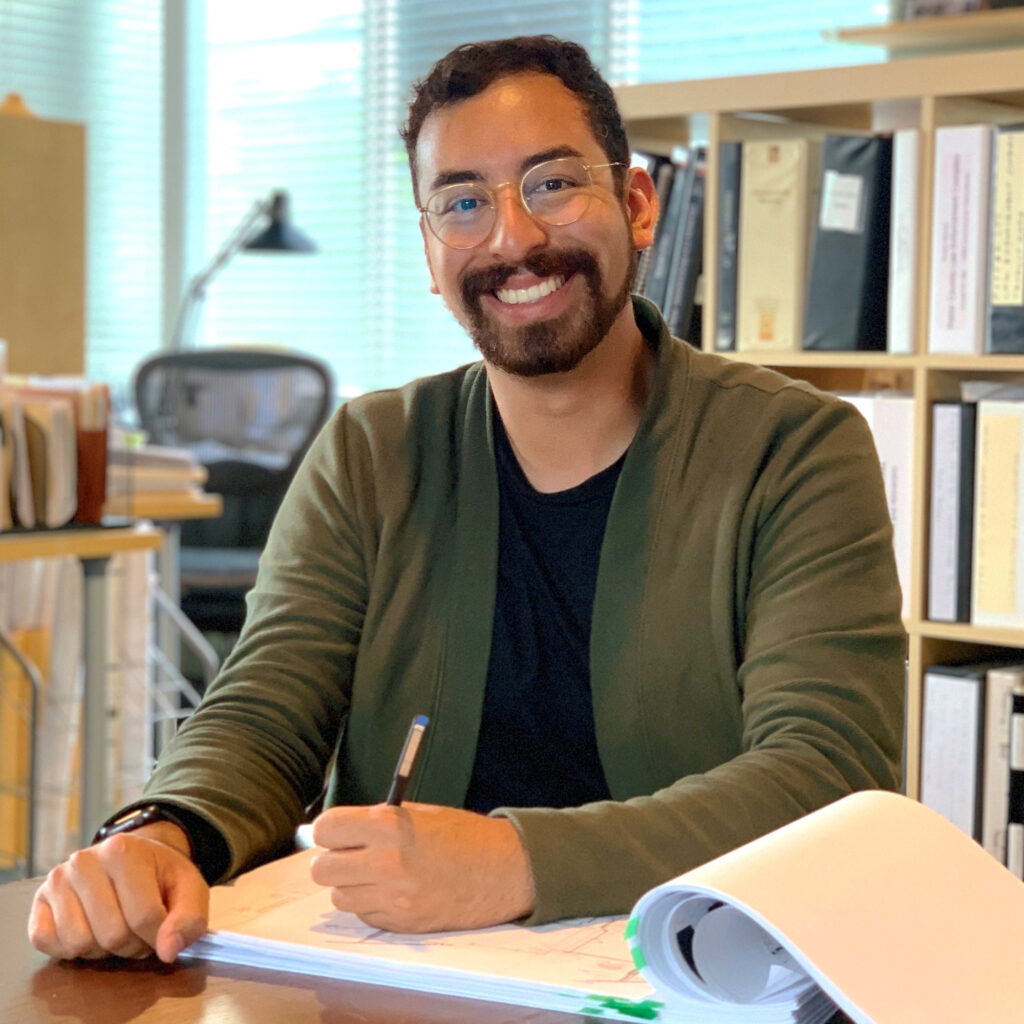
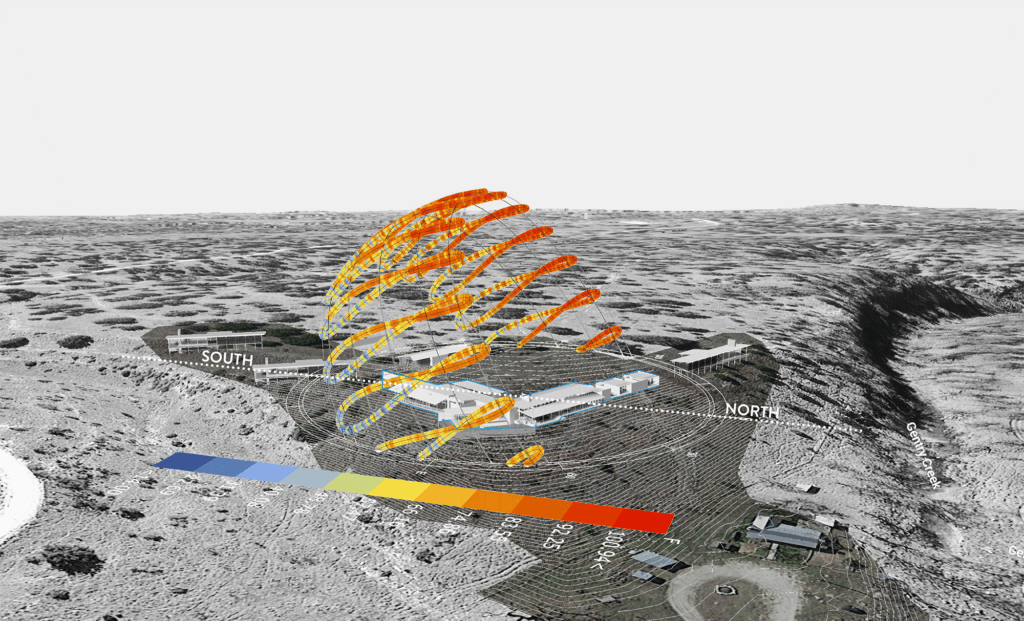

These finishes and furnishings focus on the power of color to influence mood, productivity, and overall well-being.
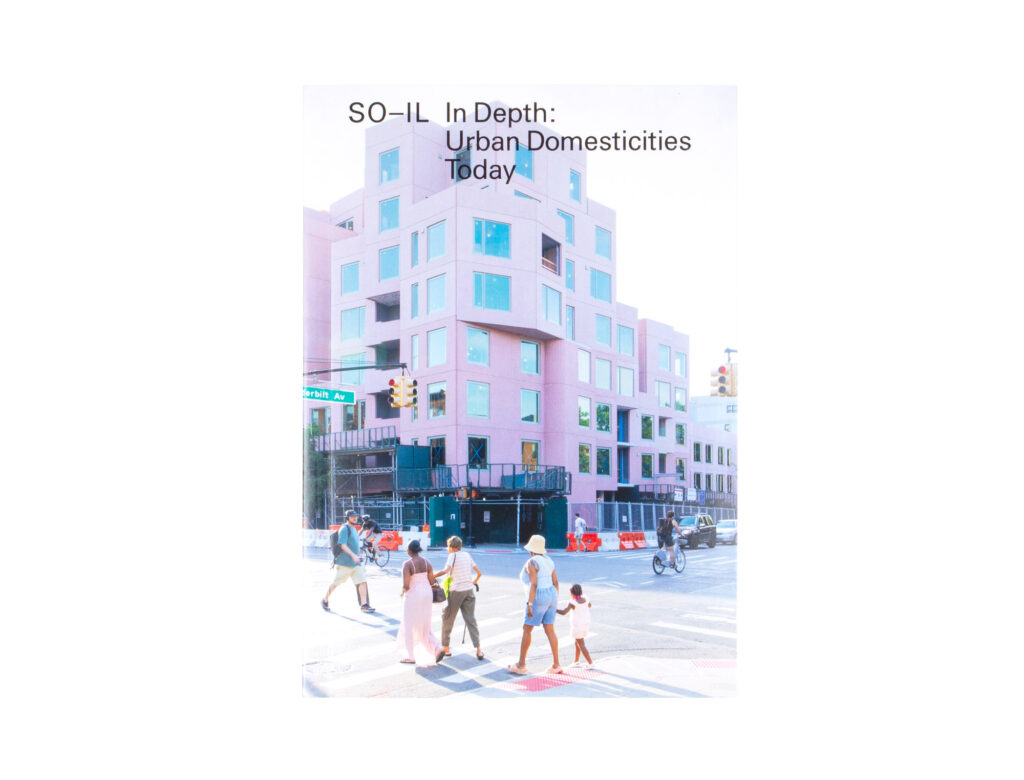
In Depth: Urban Domesticities Today
Edited by Florian Idenburg, Jing Liu, et al.
Lars Müller, 2025

Concrete Architecture
Phaidon Editors, with Sam Lubell and Greg Goldin
Phaidon, 2024
